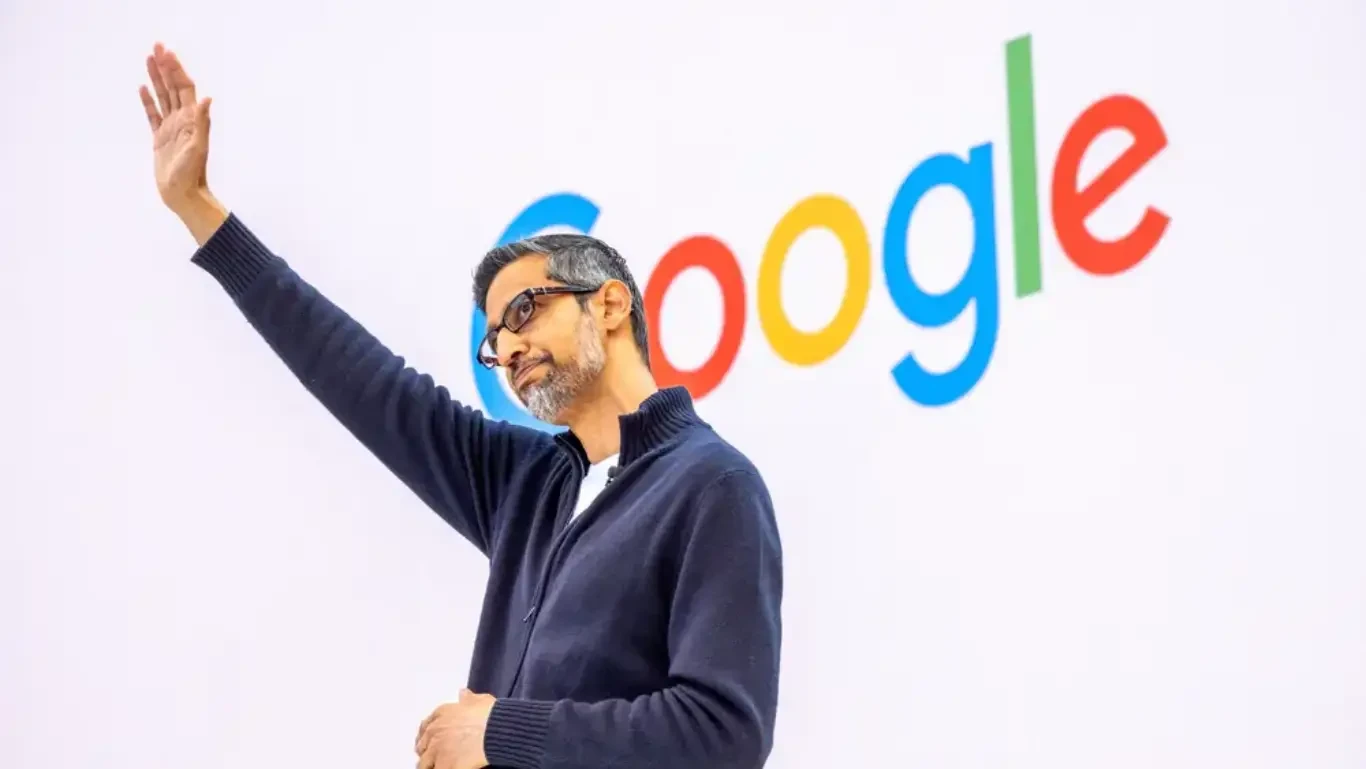Have you ever wondered how those jaw-dropping death effects in games are made? It's fascinating how a few particles and clever programming can create immersive experiences that keep players on the edge of their seats. The use of advanced tools like UE5 Niagara opens up a whole new world for real-time VFX artists.
From explosive impacts to magical transformations, the potential seems limitless. But what’s your take? Do you think visual effects can make or break a game? How important are they in your gaming experience? Let’s dive into the art of VFX!
#VFX #GameDevelopment #UnrealEngine #Niagara #GameDesign
From explosive impacts to magical transformations, the potential seems limitless. But what’s your take? Do you think visual effects can make or break a game? How important are they in your gaming experience? Let’s dive into the art of VFX!
#VFX #GameDevelopment #UnrealEngine #Niagara #GameDesign
Have you ever wondered how those jaw-dropping death effects in games are made? It's fascinating how a few particles and clever programming can create immersive experiences that keep players on the edge of their seats. The use of advanced tools like UE5 Niagara opens up a whole new world for real-time VFX artists.
From explosive impacts to magical transformations, the potential seems limitless. But what’s your take? Do you think visual effects can make or break a game? How important are they in your gaming experience? Let’s dive into the art of VFX!
#VFX #GameDevelopment #UnrealEngine #Niagara #GameDesign
0 التعليقات
·0 المشاركات






